Conserving biodiversity, preparing for disaster
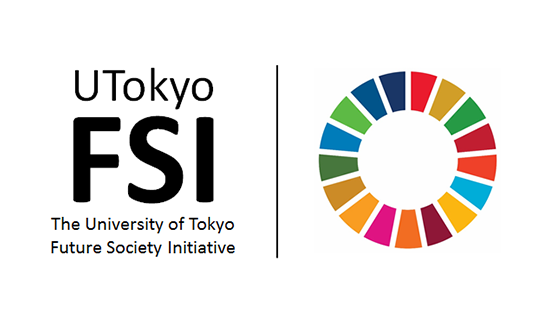
This is a series of articles highlighting some of the research projects at the University of Tokyo registered under its Future Society Initiative (FSI), a framework that brings together ongoing research projects that contribute to the United Nations Sustainable Development Goals (SDGs).
FSI Project 029
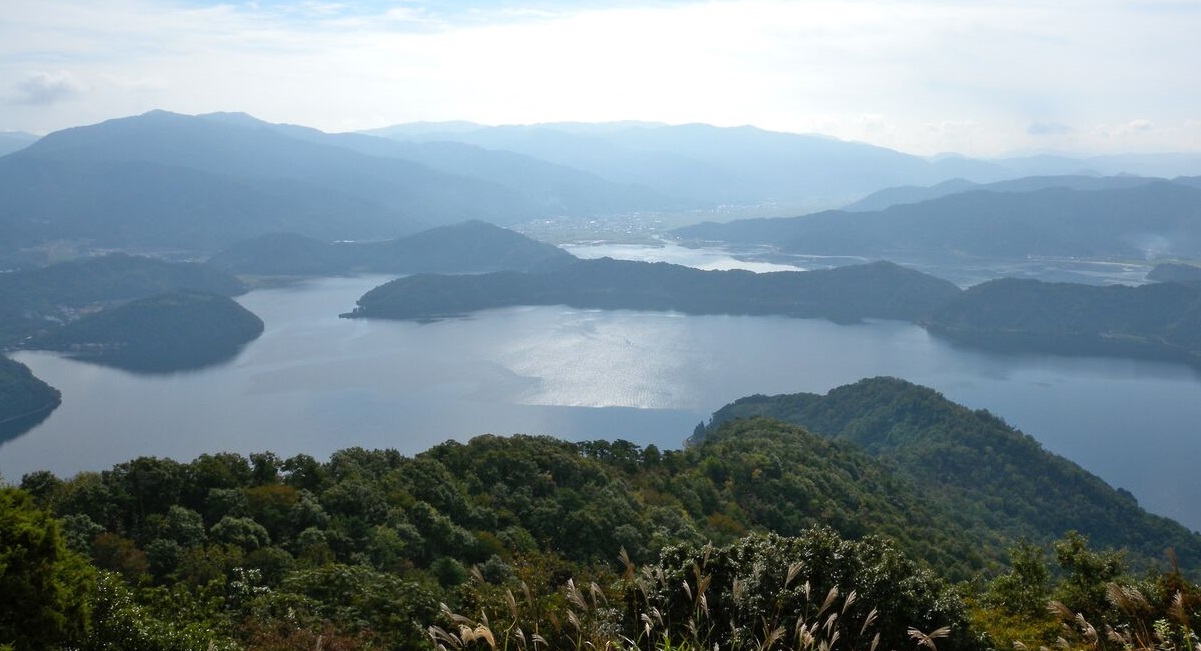
The abundant nature of Fukui Prefecture’s Mikata Goko Lakes has been registered as a designated wetland under the Ramsar Convention since 2005.
There’s been growing awareness of the need to improve the relationship between man and nature, and of what have been coined “ecosystem services” — the benefits humankind receives from biodiversity. Complementing this line of thought is the research of Associate Professor Takehito Yoshida on ecosystem-based disaster risk reduction (Eco-DRR). Yoshida explained, “Eco-DRR research came under the spotlight after the 2004 Indian Ocean Tsunami when a mangrove forest, the natural habitat of many living organisms, absorbed the energy of the tsunami and reduced the resulting damage.” Now, joint research is ongoing with local residents, municipal organizations and others centered on Fukui Prefecture’s Mikata Goko Lakes, Shiga Prefecture’s Lake Biwa area and Chiba Prefecture’s Inbanuma Basin.
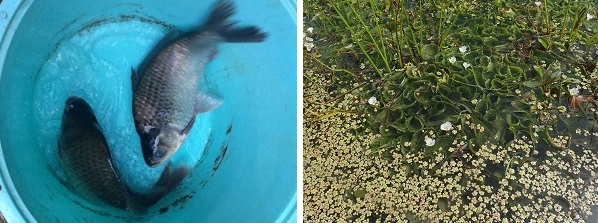
(Left) Crucian carp caught at the Mikata Goko Lakes. Other creatures found include koi, eel, shrimp, smelt and whitebait, a rich variety of fish species and aquatic life.
(Right) Regional efforts using fallow fields to increase fish spawning sites and habitats are underway. Paddy fields returned to their original marsh environment, where the fry grow, are also being used for the cultivation of aquatic plants at risk of extinction, bringing back a rich, biodiverse ecosystem.
“For example, the Mikata Goko Lakes have flooded many times in the past from torrential rain, but the areas that were inundated were mostly paddy fields and there were almost no residential homes in the area. The shallow waters in the flooded paddy fields then became the breeding ground for crucian carp, and many fry grew to maturity in the food-rich waters. Eating these fish as sashimi or boiled then became a part of the local food culture,” said Yoshida, pointing out that people and nature coexisted from the past. Yoshida’s group has set up an online Mikata Goko Lakes Map to share such local wisdom and culture, as well as information on the riches of the local ecosystem and the areas at risk of disasters.
“What is the ideal way of living in one’s home area, and what must be done in order to achieve that? I want to provide people with the information to think about such things, so that they can walk hand in hand with nature,” said Yoshida. By utilizing the unique characteristics of the area, he continues searching for a way for humankind and nature to build a better relationship.
SDGs supported by this project
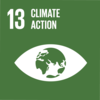
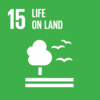
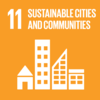
Associate Professor Takehito Yoshida | Graduate School of Arts and Sciences
Related links
- UTokyo FSI

- Research and Social Implementation of Ecosystem-based Disaster Risk Reduction as Climate Change Adaptation (FSI project page)

- Future Society Initiative Magazine






